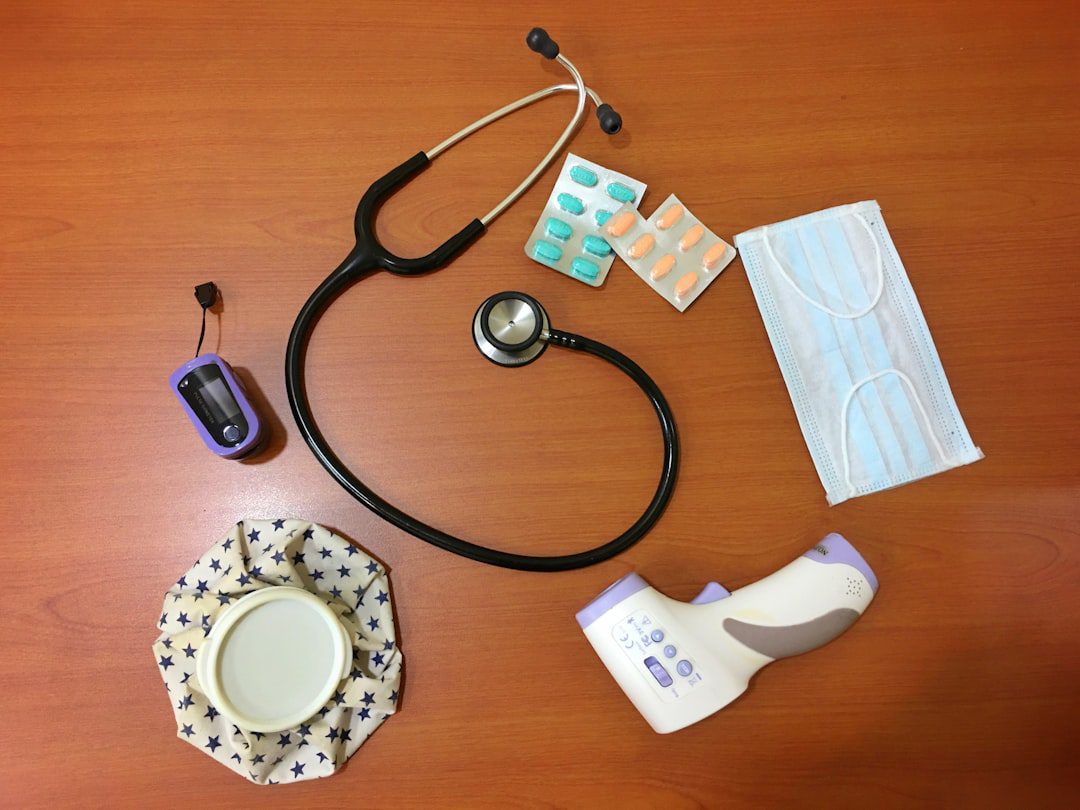
FDA Issues Updated Safety Alert for Olympus Endoscope Accessories
The FDA has issued an updated safety alert regarding critical issues with Olympus endoscope accessories, specifically focusing on force/irrigation plug problems that pose significant patient safety risks. This update is part of the FDA’s Communications Pilot to Enhance the Medical Device Recall Program, demonstrating the agency’s commitment to improving transparency and speed of safety communications.
What Happened: The Core Safety Issue
The alert centers on defective force/irrigation plugs in Olympus endoscope accessories that can fail during procedures. These plugs are critical components that maintain proper pressure and fluid flow during endoscopic procedures. When they malfunction, they can lead to:
- Loss of irrigation pressure during procedures
- Inadequate visualization of the surgical field
- Potential for incomplete procedures requiring repeat interventions
- Risk of patient injury due to compromised procedural integrity
Why This Matters to Medical Device Manufacturers
This situation highlights several critical compliance and quality considerations that extend beyond Olympus to all medical device manufacturers:
Enhanced FDA Communications Strategy
The FDA’s Communications Pilot program represents a shift toward more proactive and transparent safety communications. Manufacturers should expect faster, more frequent updates on safety issues, requiring more agile response capabilities and communication strategies.
Component-Level Risk Management
This incident underscores the importance of robust risk management for seemingly minor components. Under ISO 14971, manufacturers must assess risks associated with all device components, including accessories that may appear secondary but are critical to device function.
Post-Market Surveillance Implications
The updated alert demonstrates how post-market surveillance data can lead to evolving safety communications. Manufacturers must maintain robust systems to track device performance and respond quickly when new safety data emerges.
Immediate Actions for Medical Device Manufacturers
Review Your Component Risk Assessments
Conduct a comprehensive review of all device accessories and components, particularly those involved in critical functions like pressure maintenance, fluid control, or structural integrity. Ensure your ISO 14971 risk management files adequately address component-level failures.
Strengthen Supplier Quality Agreements
If you source components from third-party suppliers, review and strengthen quality agreements to ensure suppliers have robust quality systems and will notify you immediately of any quality issues that could affect patient safety.
Enhance Post-Market Surveillance
Implement or strengthen systems to rapidly identify and analyze field failure data, particularly for components that could lead to procedural complications or patient safety risks.
Long-Term Compliance Strategy
Prepare for Enhanced FDA Communications
Develop internal processes to monitor and respond to FDA’s enhanced communication initiatives. This includes establishing clear escalation procedures and communication protocols when safety alerts affect similar device categories.
Design Control Considerations
Review design controls under 21 CFR 820.30 to ensure adequate testing of component interactions and failure modes. Consider implementing more rigorous testing protocols for components that could impact procedural success.
Training and Awareness
Ensure your quality assurance and regulatory affairs teams understand the implications of component-level failures and can quickly assess whether similar risks exist in your product portfolio.
Regulatory Compliance Takeaways
This updated alert serves as a reminder that FDA oversight extends to all aspects of device performance, including accessories and components. Manufacturers must maintain vigilant quality systems that can identify and address safety issues before they require regulatory intervention. The enhanced communication approach signals FDA’s commitment to faster safety communications, requiring manufacturers to be more responsive and proactive in their safety monitoring and response capabilities.


No comments yet. Be the first to comment!